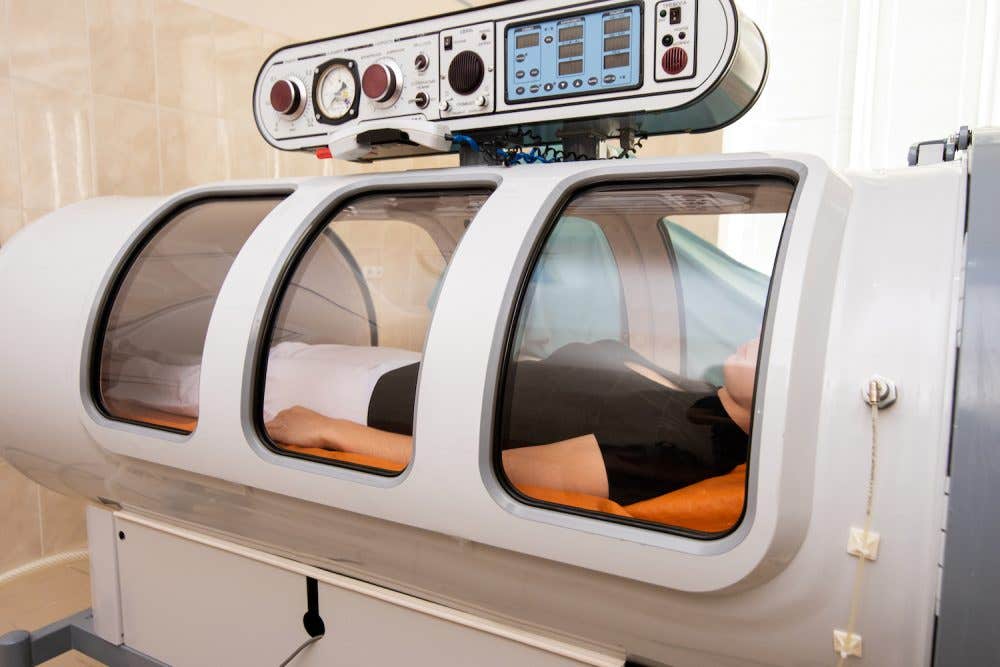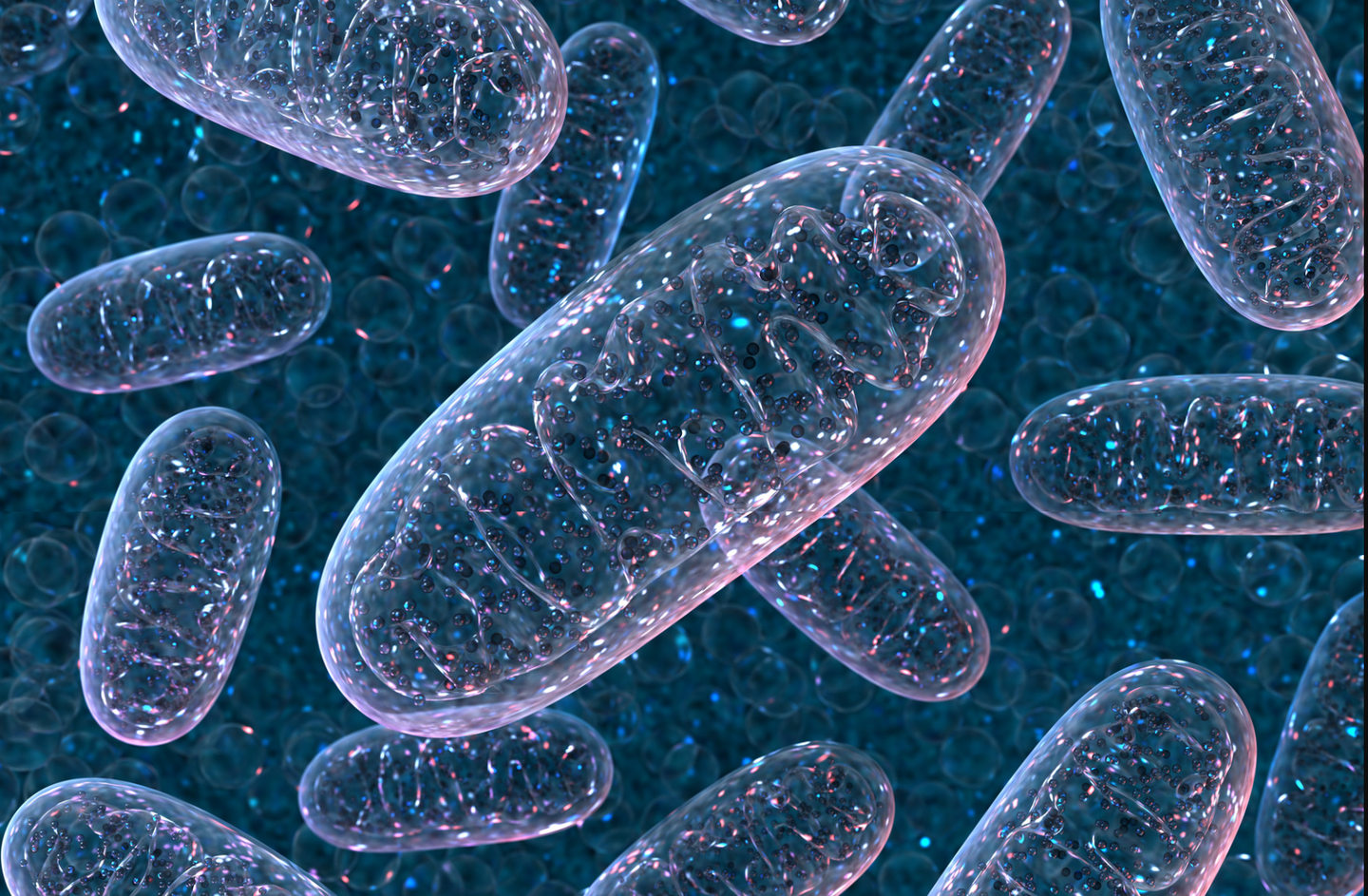Effective oxygen treatment is now available for millions suffering from long-term COVID-19 symptoms
Researchers from Tel Aviv University exposed patients with long-term COVID-19 symptoms to intensive Hyperbaric Oxygen Therapy (HBOT)

[Aug 14, 2022: Noga Shahar, Tel-Aviv University]
Improved cerebral blood flow by HBOT in patient suffering from post-COVID symptoms. (Credit: Creative Commons)
A groundbreaking new study from Tel Aviv University, the first of its kind in the world, found a promising treatment for long-term COVID-19 symptoms, based on advanced Hyperbaric Oxygen Therapy (HBOT). Long COVID, which affects up to 30% of patients infected by the COVID-19 virus, is characterized by a range of debilitating cognitive symptoms such as inability to concentrate, brain fog, forgetfulness and difficulty recalling words or thoughts - persisting for more than three months, and sometimes up to two years.
To date, no effective therapy has been suggested, leaving many millions of sufferers around the world with no remedy. The researchers: "Our study is the first randomized controlled trial to demonstrate a real solution for long COVID. Patients exposed to an intensive protocol of HBOT treatments showed significant improvement compared to the control group. For millions suffering from long-term COVID-19 symptoms, the study provides new hope for recovery."
The study was conducted by the Sagol Center for Hyperbaric Medicine and Research at Tel Aviv University and Shamir Medical Center (Assaf Harofeh). It was led by Prof. Shai Efrati, Director of the Sagol Center and a faculty member at TAU's Sackler School of Medicine and Sagol School of Neuroscience, and by Dr. Shani-Itskovich Zilberman from the Sagol Center for Hyperbaric Medicine and TAU's Sackler School of Medicine. Other chief contributors were Dr. Merav Catalogna, lead data scientist from the Shamir Medical Center (Assaf Harofeh) and Dr. Amir Hadanny from the Sagol Center and TAU's Sackler School of Medicine. The paper was published in Scientific Reports.
Prof. Efrati explains: "Today we understand that in some patients, the COVID-19 virus penetrates the brain through the cribriform plate, the part of the skull located just above our nose, and triggers chronic brain injury - mainly in brain regions in the frontal lobe, responsible for cognitive function, mental status and pain interpretation. Consequently, affected patients experience a long-term cognitive decline, with symptoms such as brain fog, loss of concentration and mental fatigue."
Related Stories:
"In addition, since the frontal lobe is damaged patients may suffer from mood disturbance, depression, and anxiety. These clinical symptoms, identified in patients all over the world, were corroborated by the World Health Organization in an official definition of so-called “long COVID" issued in October 2021, including cognitive dysfunction as one of the common symptoms" Prof. Efrati continued.
A recent study from the Universities of Cambridge and Exeter reported that 78% of long-term COVID-19 patients experienced difficulties with concentration, 69% reported brain fog, and 68% reported forgetfulness.
Thus, long-term COVID-19 effects can be very detrimental to the sufferer's quality of life, and no effective treatment has yet been found. In our study we harnessed HBOT, already proven effective in the treatment of other forms of brain injury (such as stroke, trauma, age-related cognitive decline and treatment-resistant PTSD), to the global effort to find a solution for long COVID-19."
Questionnaire results analysis shown in violin plots of actual distribution, and in boxplots. Values are normalized to answer scale range: SF-36, Energy [0..100], PSQI, Global [0..21], BSI-18, Total [0..72] and BPI, Pain Interference [0..10]. The red mark indicates the median, and the bottom and top edges of the box indicate the 25th and 75th percentiles, respectively. Black marks indicate mean and standard deviation. †p
The study, designed as a prospective, randomized, double-blind, placebo-controlled clinical trial, included 73 patients with reported post-COVID-19 cognitive symptoms such as inability to concentrate, brain fog, forgetfulness and difficulty recalling words or thoughts, persisting for more than three months following an RT-PCR test confirming COVID-19 infection.
Participants were divided into two groups: 37 patients received HBOT treatment, while 36 patients served as a sham-controlled group, receiving placebo treatment. Both patients and investigators were unaware of their designated treatment protocol. The unique protocol consisted of 40 daily HBOT sessions, five sessions per week within a two-month period, in which patients entered a multi-place HBOT chamber and breathed 100% oxygen by mask at 2 atmospheres absolute (ATA) for 90 minutes with oxygen fluctuations. The control group received placebo treatment, breathing normal air.
Brain regions with significant post-hyperbaric oxygen therapy changes compared to control. Group-by-time interaction ANOVA model in: (A) cerebral blood flow (CBF) in GM, p
In addition, all participants underwent a computerized cognitive test, as well as advanced high-resolution brain imaging (profusion MRI and DTI) at two points in time - when entering the trial and after its completion.
Improved cerebral blood flow by HBOT in patient suffering from post-COVID symptoms. (Credit: Sagol center for hyperbaric medicine.)
The results were highly encouraging: patients treated with HBOT showed significant improvement, while in the control group long COVID symptoms remained largely unchanged.
In HBOT-treated patients, the greatest improvements were exhibited in the global cognitive function, attention, and executive functions (the capacity to plan, organize, initiate, self-monitor and control one's responses in order to achieve a goal). Other benefits included better information processing speed, improved psychiatric symptoms, more mental energy, better sleep quality, and less body pain.
All clinical findings were correlated with the participants' brain images, indicating significant change in the parts of the brain related to each function, which had been visibly damaged by the COVID-19 virus.
Dr. Shani-Itskovich Zilberman: "We know that HBOT repairs brain damage through a process of regeneration - generating new neurons and blood vessels. We believe that the beneficial effects of the unique treatment protocol in this study can be attributed to renewed neuroplasticity and increased brain perfusion in regions associated with cognitive and emotional roles."
Prof. Efrati: “For the first time, our study proposes an effective treatment for the debilitating long COVID syndrome, repairing brain injury with an intensive protocol of HBOT. Moreover, the study reveals the very real biological damage to brain tissues induced by the COVID-19 virus, and how repairing this damage reduces symptoms and can eventually lead to recovery. From a broader perspective, these findings can also suggest that other neurological and psychiatric syndromes might be triggered by biological agents such as viruses, opening new possibilities for future treatments."
For more science stories check out our Innovations section at The Brighter Side of News.
Note: Materials provided above by Tel-Aviv University. Content may be edited for style and length.
Like these kind of feel good stories? Get the Brighter Side of News' newsletter.



